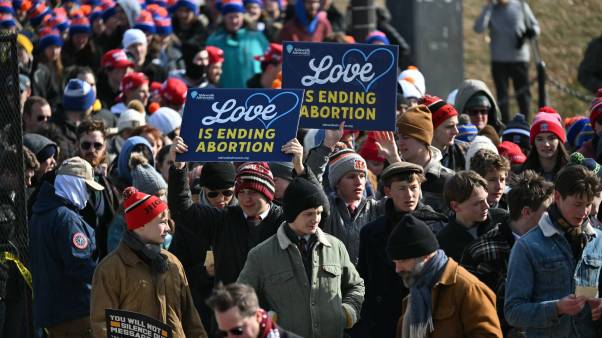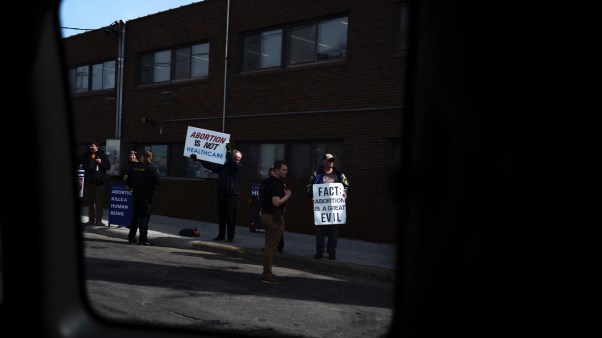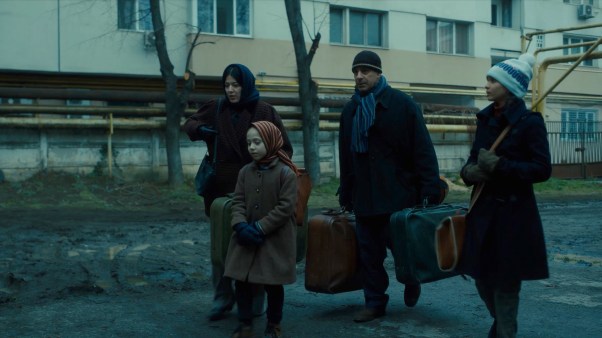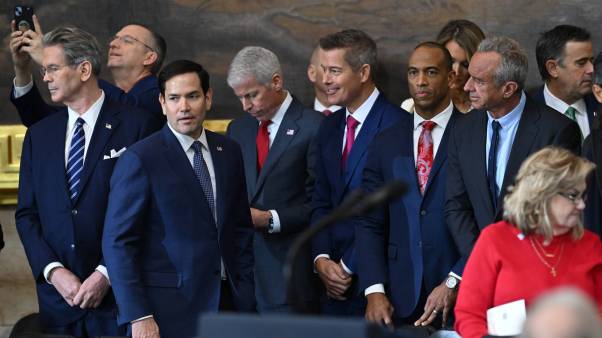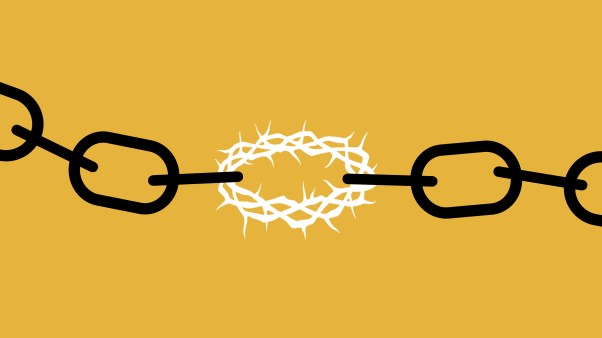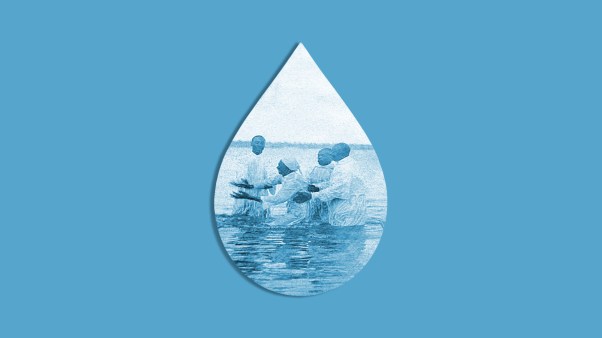Human mothers have remarkably short interbirth intervals, compared to other ape species. While birth spacing averages four years in gorillas and nearly eight years in some orangutans, women can return to fertility by two months postpartum or earlier, if not lactating, while those who breastfeed begin ovulating again sometime between three months to up to two years postpartum. That puts human interbirth intervals as short as one year—and we can all name a few Irish twins to prove it.
Biologist and popular science writer Nathan Lents sees humans’ cramped birth spacing as a “design flaw.” After all, decreased interbirth intervals are associated with higher infant mortality rates, as parents must shift already limited resources from one helpless infant to another. If nature is obviously capable of addressing this “flaw”—as it did in other apes—why are humans so defective? he asks.
Lents’s answer: It was an accident. Evolution, he writes in his recent book Human Errors, “doesn’t make plans.” Working through the mechanisms of genetic mutations and natural selection, evolution patches together adaptations that ensure the reproductive success of each generation but doesn’t consider long-term outcomes. The result is an array of human “glitches”—from pointless bones to backward retinas to superfluous or broken genes—which Lents cites to support his conclusion, that evolution is “random, sloppy, imprecise—and heartless.”
Lents draws these conclusions at a time when the church is already struggling to articulate the purpose of the human body amid ever-increasing opportunities for bodily enhancement and shifts in sexual ethics. Do discoveries of parts and processes that serve no apparent function—even some that seem prone to malfunction—put the nail in the coffin for any attempt to read God’s good purposes into our physical makeup? Are these flaws the result of our fallen nature? Is there purpose in imperfection?
When some scientists conclude from studying our bodies that our existence is random and directionless, how can Christians claim that we were made for something more?
Cara Wall-Scheffler, a physical anthropologist at Seattle Pacific University, wonders if purpose is found in how we function as a community, not just as individuals. She notes that human success despite short birth spacing, along with our ability to adapt to a wide range of environments, is due in large part to our living in interdependent groups. As human tribes grew larger, we shifted toward communal parenting so that the childcare burden was shared and risks decreased.
Indeed, human history repeats the story that our ability to cooperate in large numbers enabled us to surmount innumerable obstacles—from surviving famines by storing food and trading with neighbors to curing deadly diseases through scientific collaboration. “Because of the way humans have evolved, we can’t have individuals be the unit of selection anymore—we have to see ourselves as living in community in order for a number of things to be functional,” Wall-Scheffler said. This “selective advantage for community” would fall in line with God’s purposes for humanity. So-called “design flaws,” she suggests, are opportunities for relationship and grace.
When we observe that humans have short interbirth spacing, Wall-Scheffler says this shouldn’t be an impetus to blame or dismiss God. “That’s where we are supposed to come in,” she said. “These are children created in God’s image. It’s our job to create good schools and ways that these families can continue to function.”
If God allowed opportunities for interdependence, he also had to allow for its opposite, said Ryan Bebej, a marine paleontologist at Calvin College. “The possibility of symbiosis—organisms working together—means you also have to have the possibility of things working against one another.”
In other words, Christian scholars reconcile the evidence of evolutionary “errors” and their trust in a good, purposeful Creator by allowing that God took risks when creating the world. These risks include gravity and water, which theologian Terence Fretheim discusses in Creation Untamed, and even genetic mutations. “Mutation brings diversity and solutions and wonderful things,” Wall-Scheffler said. “But mutation also has the potential to go wrong. That is part of the freedom that is in the world that God created and God thinks is good.”
While some might point to the Fall as the reason mutations now lead to suffering, biologists observe that disease and decay have been around since the beginning, as part of a balanced ecological system with mechanisms to keep species from overextending their niche. In the field of paleopathology, Bebej said, “we see cancer, bacterial infections, tuberculosis—evidence of disease in non-human creatures—long before humans” were on the scene.
As Bebej sees it, God works through evolutionary processes to bring about his creative purposes. Body parts that might not be set up the most elegantly—vestigial hindlimbs in some whale species, for instance—are not “design flaws” but signs of ancient ancestry. Bebej delved into biology after reading an article on walking whales, which revealed fossil evidence that whales started out as land mammals that later returned to the sea. “My mind was blown,” he said. Bebej currently works to understand large-scale evolutionary transitions on a finer scale.
“It’s remarkable how adaptation is built into how the system works,” he said, pointing out that whales, sea lions, otters, manatees, and extinct aquatic sloths all made independent excursions back into water after being on land. “We see them solve this same problem in unique ways. Even if it’s not necessarily the most efficient design, it generates all these cool diversities—and increases my awe of God.”
Christian scholars return to the Genesis 1 account when trying to understand our physical flaws in light of God’s good purposes. It’s not uncommon to interpret God’s pronouncement of “good” as “perfect,” “flawless,” or “working just right.” John Walton, an Old Testament scholar at Wheaton College, observes, however, that the ancient Israelites understood “good” as having to do with function and purpose, with having “a right understanding of our identity and our place in the world,” he writes in The Lost World of Genesis One.
From a materialist perspective, Walton writes, “people are nothing but physical forms having no function other than to survive.” Given our many glitches that seem less-than-ideal for survival, materialists conclude that our bodies are dysfunctional and without purpose. But if, as Walton argues, function has to do with finding our place in the ordered system God created, “even things that are very, very imperfect are still good,” Bebej said.
For Walton and others, empirical science isn’t equipped to make judgment calls about purpose. Identifying particular traits as “pointless” or “accidents,” or calling the evolutionary process “random” and “heartless” moves toward interpretation of facts, rather than statement of fact. “Neither design nor randomness can be proven—they are matters of deduction since both are based on a combination of probabilities and metaphysical presuppositions,” Walton writes.
Jim Stump, philosopher and senior editor at BioLogos, distinguishes between seeing that versus seeing as. We can see that the Earth is not at the center of the universe based on empirical observations of the solar system. In this case, science disallows the conviction medieval Christians held—that God put the Earth at the center. In the case of evolutionary science, however, Stump thinks the science allows different interpretations. “I can look at the evolutionary history of human beings and see it as God preparing creatures that could relate to himself, whereas an atheist can look at the exact same thing, and not see it as that at all.”
Stump believes it is totally legitimate to bring our metaphysical commitments to how we interpret the science, as long as we acknowledge that we are seeing as, not seeing that. He echoes the idea that God partners with messy, imperfect processes to bring about his purposes in the end, pointing to the biblical stories of Abraham, Joseph, and others.
Patricia Kramer, who studies the evolution of human locomotion at the University of Washington, stresses that there’s always more to the equation than we can observe. “Many times, what we see in the evolution of life are things that in the beginning are not perfect in some way leading to an opportunity—[for instance] an entire group of organisms that started from a ‘mistake,’ but flourished,” she said.
Still, many find the idea of God creating a world fraught with risk and the potential for suffering difficult to stomach, bringing us back to the age-old questions of theodicy. Scholars here return again and again to the Book of Job. In response to Job’s “Why?” God surveys the grandeur of his creation, including bloodthirsty eagles and untamable sea monsters (Job 38–41), passages that are not, Wall-Scheffler said, “flowers in the park.” The complexity and vastness of the universe lead Job to awe and repentance. “Surely I spoke of things I did not understand, things too wonderful for me to know,” Job admits (42:3).
Which is not to say, said Bebej, that questions about purpose are not worth exploring and debating. “I’m comfortable not ever having good answers and okay with living in gray areas with a sense of humility.”
How we interpret our physical quirks, then—from our bodies’ inability to synthesize certain essential nutrients that other animals easily make on their own to our ridiculously large brains that render childbirth so hazardous—seems to depend more on whom we trust rather than on the facts themselves. We can trust in ourselves, believing that our limited human perspective is all there is to know, or in something, Someone, bigger and deeper. That trust makes all the difference between the labels “meaningless” and “purposeful.”
Liuan Huska is a writer living in the Chicago area. Her forthcoming book on chronic illness is publishing with InterVarsity Press.



